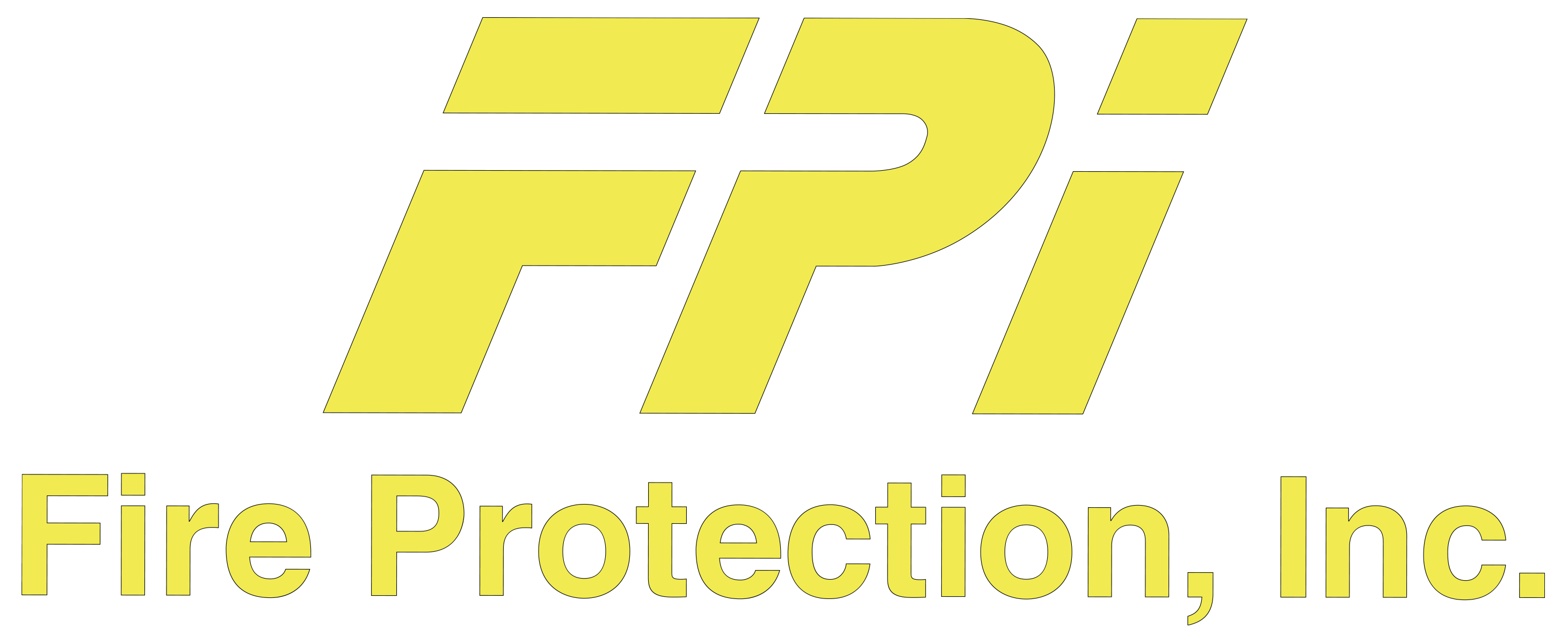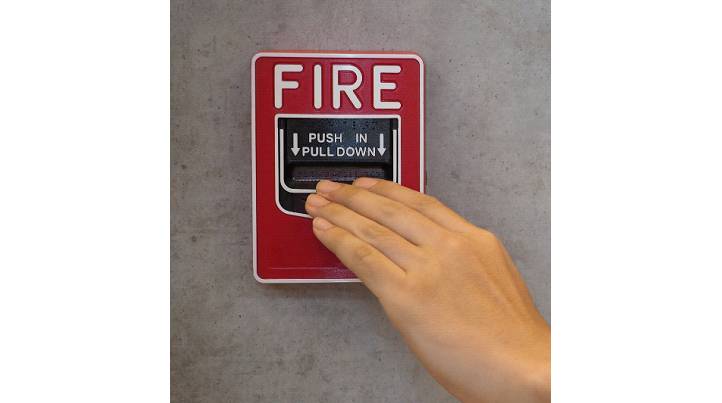For commercial property managers and facility managers, keeping a building up to code is just one part of the job. Equally important is creating a culture of safety that includes regular, effective fire safety training. Fire emergencies don’t wait for convenient timing. When a fire starts, employees need to know what to do—without hesitation. Investing in fire safety training and consistent drills can be the difference between a minor incident and a major loss.
Why Fire Safety Training Is a Business Priority
Workplace fires happen more often than many people realize. Common causes include overloaded electrical circuits, unattended equipment, improperly stored chemicals, or human error. These incidents don’t just risk property damage—they put lives in danger and can cause business downtime, insurance claims, and regulatory headaches.
Well-trained employees help minimize those risks. When your workforce understands how to respond, evacuate, and report issues, you reduce the chances of chaos in a real emergency. The Occupational Safety and Health Administration (OSHA) requires that employers develop fire prevention and protection programs and ensure employees are trained appropriately. Their guidance is clear: fire safety is not optional. It’s a critical component of a safe working environment.
What Effective Fire Safety Training Includes
Every workplace is different, and fire safety protocols should reflect that. A high-rise office building will require different procedures than a manufacturing facility or warehouse. That said, there are several core components that all training programs should include:
1. Evacuation Plans
Every employee should know where the exits are, how to reach them safely, and where to gather outside the building. Designated evacuation team leaders can help direct traffic and assist those with mobility challenges.
2. Fire Extinguisher Training
Not every fire requires evacuation. When handled quickly and correctly, a small fire can be extinguished before it spreads. Basic extinguisher use—using the PASS method (Pull, Aim, Squeeze, Sweep)—should be reviewed during training.
3. Hazard Identification
Training should teach staff to recognize and report potential fire risks before they become a problem. This might include identifying blocked fire exits, damaged cords, or combustible materials stored too close to heat sources.
4. Scheduled Drills
Practice matters. Fire drills should be held at regular intervals so employees get used to the process. Drills also help test emergency systems and uncover weaknesses in evacuation plans.
5. Job-Specific Risks
Different departments may face different hazards. For example, a maintenance crew might need additional training on electrical fire risks, while office staff should understand how to handle fires started by overloaded power strips.
Recommended Training Resources
Managers looking to strengthen their safety training programs should use established, reputable resources. Two of the most valuable are:
- OSHA Fire Protection & Prevention Guide – This official guide outlines federal requirements for workplace fire safety programs. It’s a strong foundation for compliance and training planning. Read more here
- National Fire Protection Association (NFPA) Training – The NFPA offers various professional fire safety courses suitable for commercial settings. Explore their options here.
Both resources offer up-to-date guidance on building fire prevention into your workplace culture.
Partner With Fire Protection, Inc. for Customized Support
At Fire Protection, Inc. (FPI), we know that no two buildings are alike. That’s why we work with commercial property managers and facility teams to build employee safety training programs that match the layout, use, and occupancy of your facility. Our goal is simple: help you reduce risk, comply with regulations, and keep people safe.
Whether you need help developing a new fire safety training plan, conducting evacuation drills, or updating your fire prevention program, our team is here to support you every step of the way. Contact FPI today to learn how we can help your team become fire-prepared and safety-driven.

